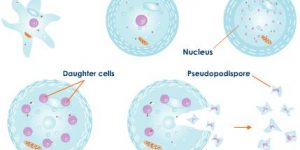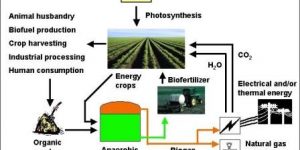An organized DNA structure and protein found in cells. A piece of coiled DNA with many genes in it, along with other nucleotide sequences and regulatory elements is called a chromosome. DNA-bound proteins that package the DNA and control the functions are also contained by chromosomes.
Structure of Chromosomes:
Chromosome has length of 0.2 – 5.0μ (micron). The diameter ranges from 0.2 – 2.0μ. Chromosomes carry genes, and they are identifiable by staining. Only a chromosome exists in prokaryotes, whereas many chromosomes can occur in eukaryotes. Chromosomes can form a pair of structure, called diploid(2n), and in somatic cells it can be seen. Because the chromosomes in the pair are exactly similar, they are also called homologous chromosomes. For a species, the number of diploid is fixed.
As the chromosomes found in reproductive cells are half in numbers, they are called haploid(n). The morphological study of chromosomes is possible to do when they are separated with each other during the process of metaphase or cell division.
One chromosome is formed by at least a group of two chromatids. Each chromatids has diameter of 60 A°. Chromatids join each other by a centromere, a dark region that is also called a primary constriction. However, additional secondary constriction is found in some chromosomes. The position and number of centromere constitute the variation.


